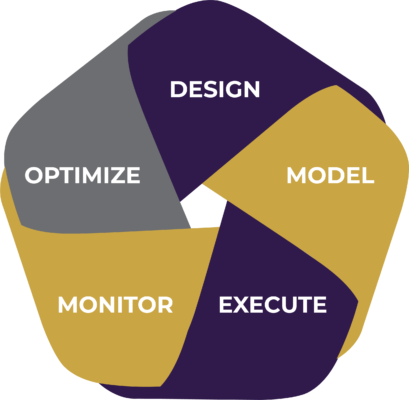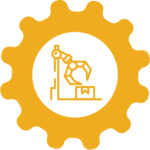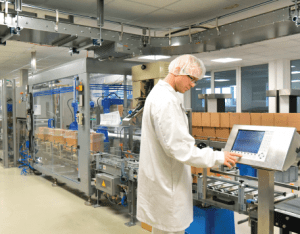Process Excellence
SCW designs processes aligned with customers vision and strategy. During the process consulting sessions, the team composed of business users, subject matter experts and consultants discuss each process steps and potential road blocks. Directional questions and business users’ answers are the keys for process building and improvement.
With the increasing need for speed in all business areas, agility is one of the key success factors. Instead of longer review cycles, during the process design and identification, frequently revisiting and aligning on the process steps are essential.
Business Process Cycle

Design
Design your processes by understanding business requirements to streamline business value!
Visualize your process flows with globally recognized BPM notation and following industry-wide best practices
Develop standard operating procedures around the business processes and execute them following required trainings
Monitor
Monitor the process outputs and the performances on the individual process steps and compare them with that of expected.
Employ Lean 6 Sigma tools and techniques to improve the process outputs aligned with the monitored comparison between expected versus actual performance.
Process Automation
Robotic Process Automation (RPA) is the fastest growing industry as its technology offers a fast implementation with a great business impact.
What is RPA?
Robotic Process Automation is the technology aimed at automating repetitive, rule-based tasks with software robots emulating human execution of a business process.
Software robots can work do things like observe the information on a computer screen, push the correct keystrokes, navigate web pages or applications, identify and extract data, and execute intelligent actions with the collected data as per defined business rules. Furthermore, comparing with humans, software robots can do it 24/7 in a much faster and error-free manner.

What are the key benefits of RPA?

Fosters employee added value
Takes care of tedious tasks, and employees concentrates on value added tasks |

Digital Transformation
Leverages technology to carry out a faster digital transformation |

Business Continuity
Robots can work 7/24 and ensure business continuity |

Cost Reduction
Leads cost savings for repetitive and manual tasks |

Error free
Works error-free and minimizes the costs associated with rework tasks |
Processes suitable for
Robotic Process Automation

How RPA Sustains Cost-Efficiency and Productivity
- Minimizes Complex IT Systems Integration
- Available 24/7
- Scalable, resistant
- Flexible and Adaptable Workforce
- Error-Free: More Precision & Less Rework
- Enables Machine & Deep Learning
- Low Code Requirements
- Works on cloud as well as on-premise
SCW Offers Robotic Process Automation
SCW partners with UiPath and executes RPA projects with certified UiPath RPA developers. In addition, SCW has expertise in implementing RPA projects with Power Automate.
Process Governance – Center of Excellence
How do we integrate Robotic Process Automation with Business Process Lifecycle?
RPA projects are integrated with Business Process Lifecycle in the Improvement phase (Monitor & Optimize). In other words, before automating a process, the process should be defined with involved systems and detailed steps.

First Step
Next Step
Next Step
Next Step







